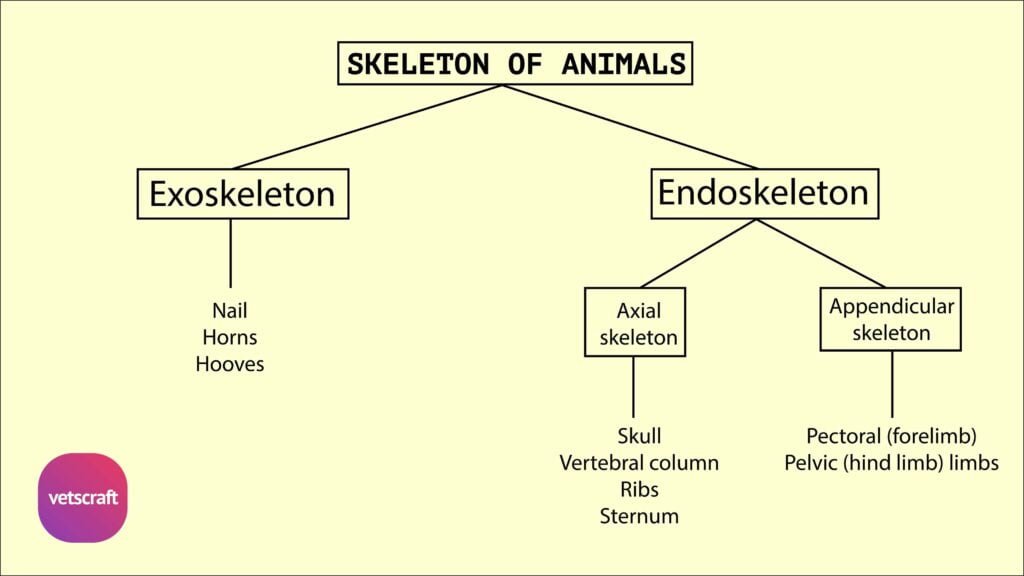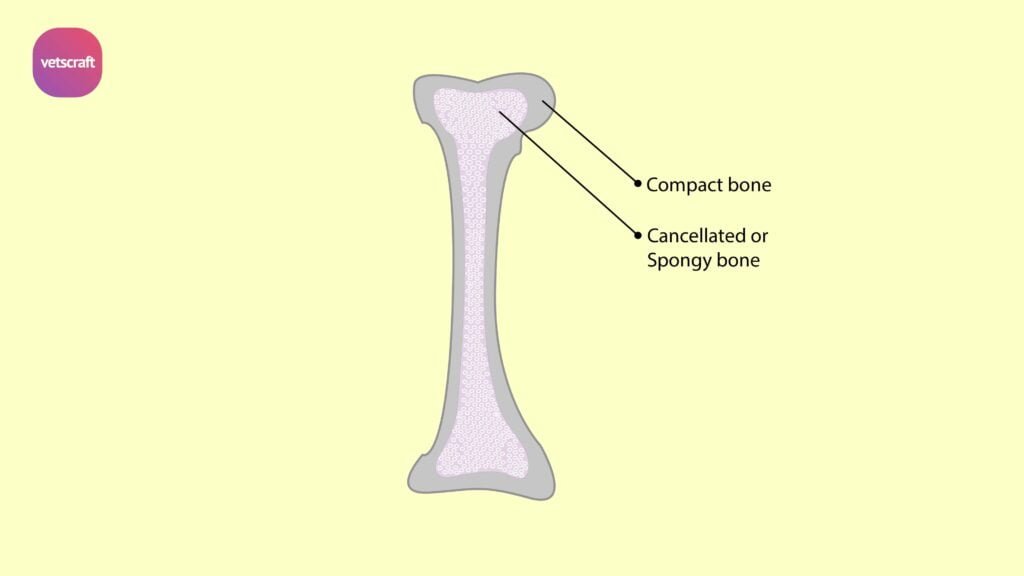TABLE OF CONTENTS
Blood and Nerve Supply of Bone: Arteries, Veins, Nerves & Lymph
The blood and nerve supply of bone refers to the network of arteries, veins, nerves, and lymph vessels that nourish and innervate bone tissue. Blood vessels supply oxygen, nutrients, and remove waste from both the outer (periosteal) and inner (medullary and endosteal) layers of the bone.
Nerves, mainly sensory in nature, accompany these vessels and are primarily found in the periosteum, contributing to the pain sensitivity of bones. This vascular and nervous system is essential for bone growth, repair, remodeling, and overall health.
Blood Supply
Bone receives blood from multiple sources to ensure its nourishment and function.
Arteries Supply
The bones are highly vascular. The bone is supplied with blood externally on the surface and internally on the lining of the medullary cavity.
The nutrient artery is the main supplier, entering through the nutrient foramen to feed the inner part of the bone and marrow. Periosteal arteries, coming from surrounding tissues, supply the outer layer of compact bone. At the bone ends, metaphyseal and epiphyseal arteries nourish the growing regions, especially in young animals. These vessels form anastomoses, creating a connected network that maintains blood flow even if one route is blocked.
The surface arteries ramify over the periosteum and large blood vessels gain entrance through the nutrient foramen and branches widely along the course and on the endosteal lining of the bone. Thus there is a network of blood vessels over the entire bone.
Veins Supply
Veins are accompany the arteries and mostly recurrent in nature.
Large veins exit the bone through foramina alongside the nutrient artery, while smaller veins drain the periosteum and cortical regions. Venous sinusoids in the bone marrow merge into larger venous channels, helping to regulate blood cell transport and pressure within the bone.
Nerves Supply
Nerve accompany the blood vessels. The periosteal branches are sensory types of nerve fibers.
These entering through the nutrient foramen and branching along with arteries and veins. Most of these nerves are sensory, especially in the periosteum, making it highly sensitive to pain. These periosteal nerves respond to injury or inflammation. Some nerves in the bone are also vasomotor, helping regulate blood flow by controlling vessel diameter.
Lymph Vessels
Lymph vessels run in company with blood vessels of the marrow, forming a network under the periosteum.
They form a fine network that helps drain excess tissue fluid and remove waste products from bone. These vessels are important for immune surveillance and maintaining fluid balance.

